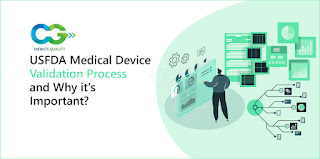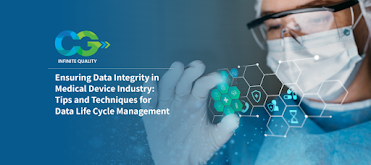Polarion ALM Software | Compliance Group Inc

Polarion ALM (Application Lifecycle Management) is a software platform developed by Siemens Digital Industries Software. It is designed to help organizations manage the entire lifecycle of software development, from requirements management to testing and release. Here are some key features and functionalities of Polarion ALM: polarion-alm-software Requirements Management: Polarion ALM allows users to capture, manage, and trace requirements throughout the software development lifecycle. It provides tools for defining requirements, linking them to related artifacts, and tracking changes and approvals. Collaboration and Workflow: The platform facilitates collaboration among team members by providing centralized access to project data, documents, and discussions. It supports customizable workflows for managing tasks, approvals, and notifications. Version Control : Polarion ALM integrates with version control systems such as Git and Subversion,





